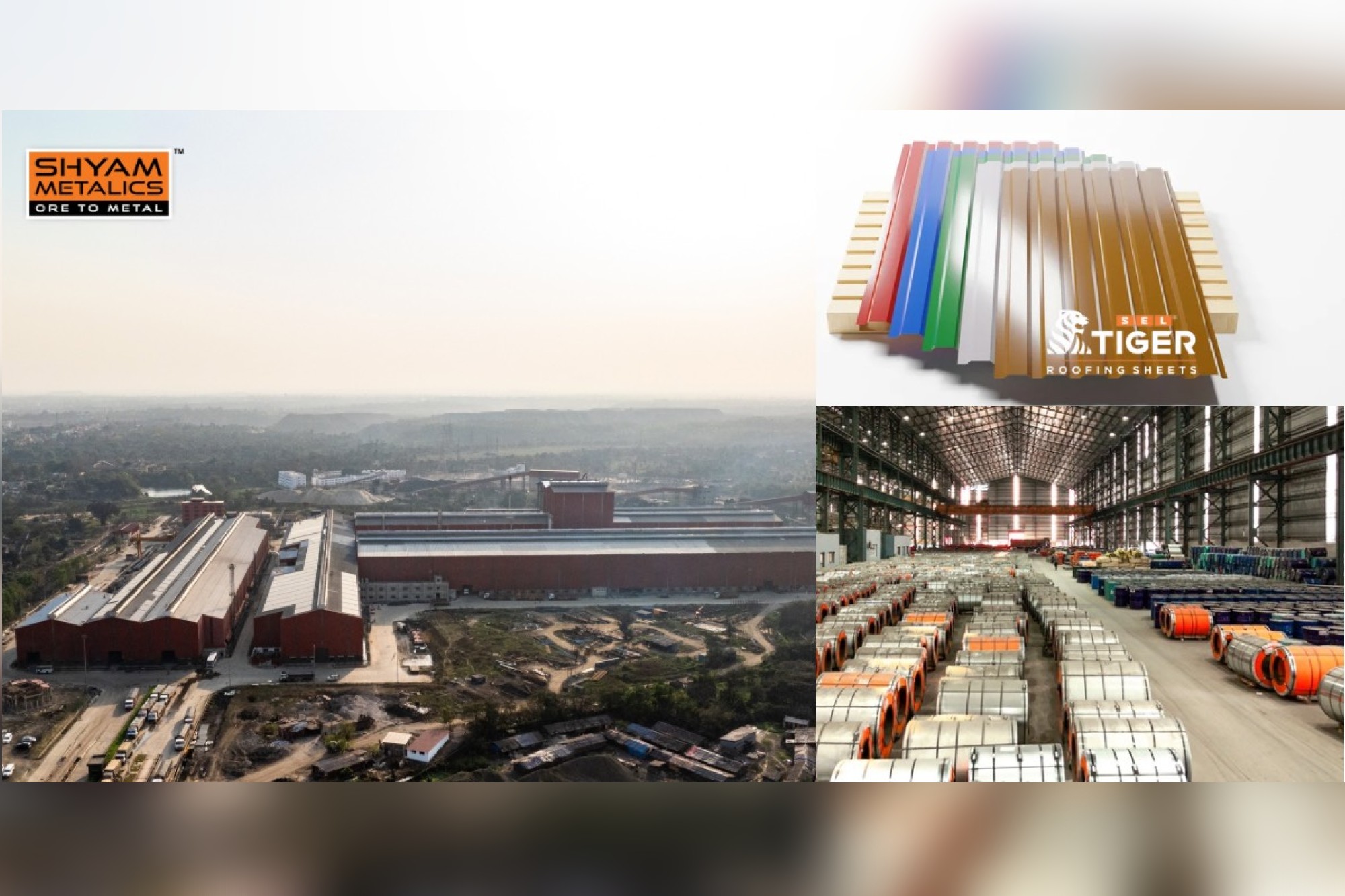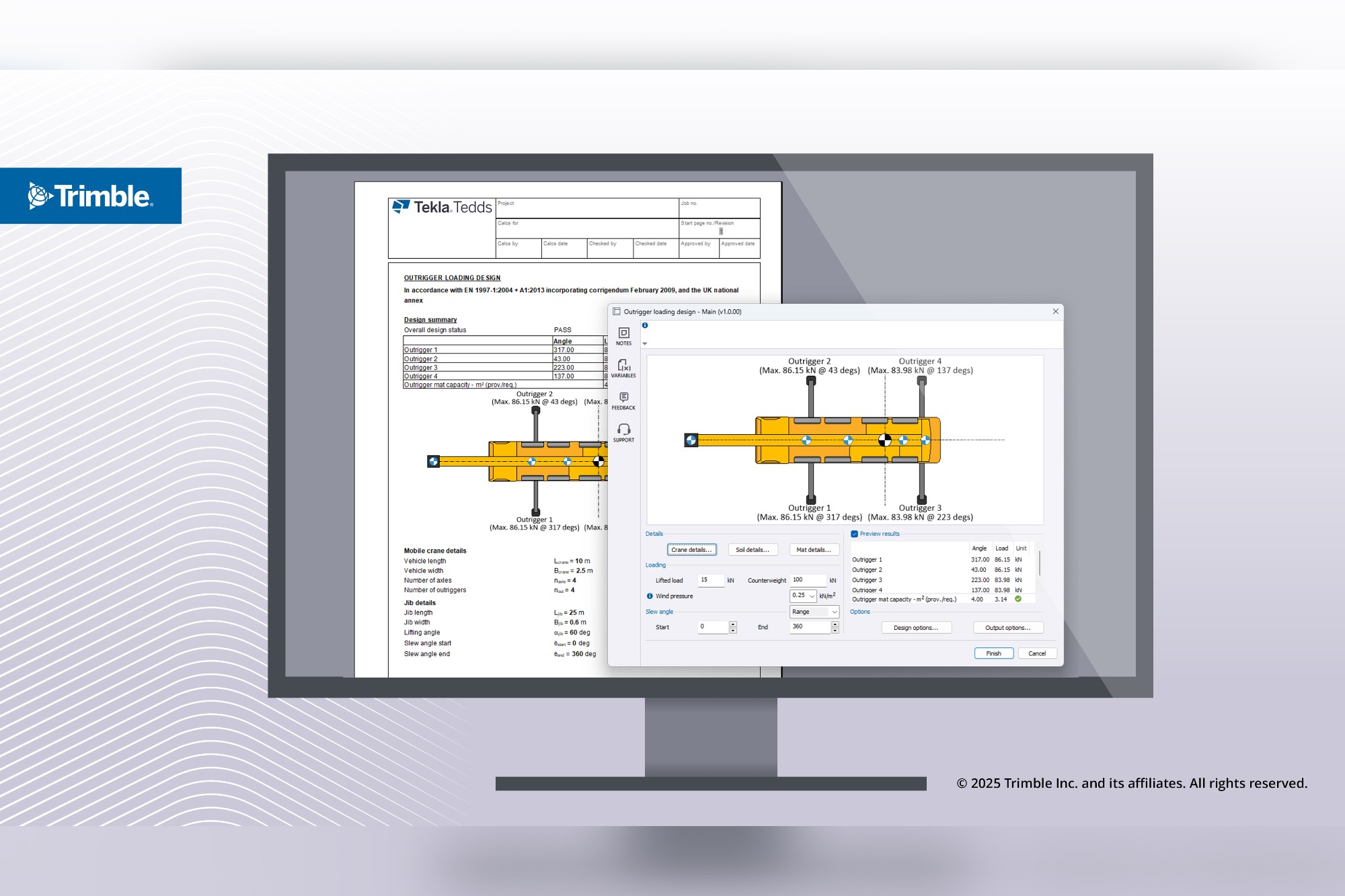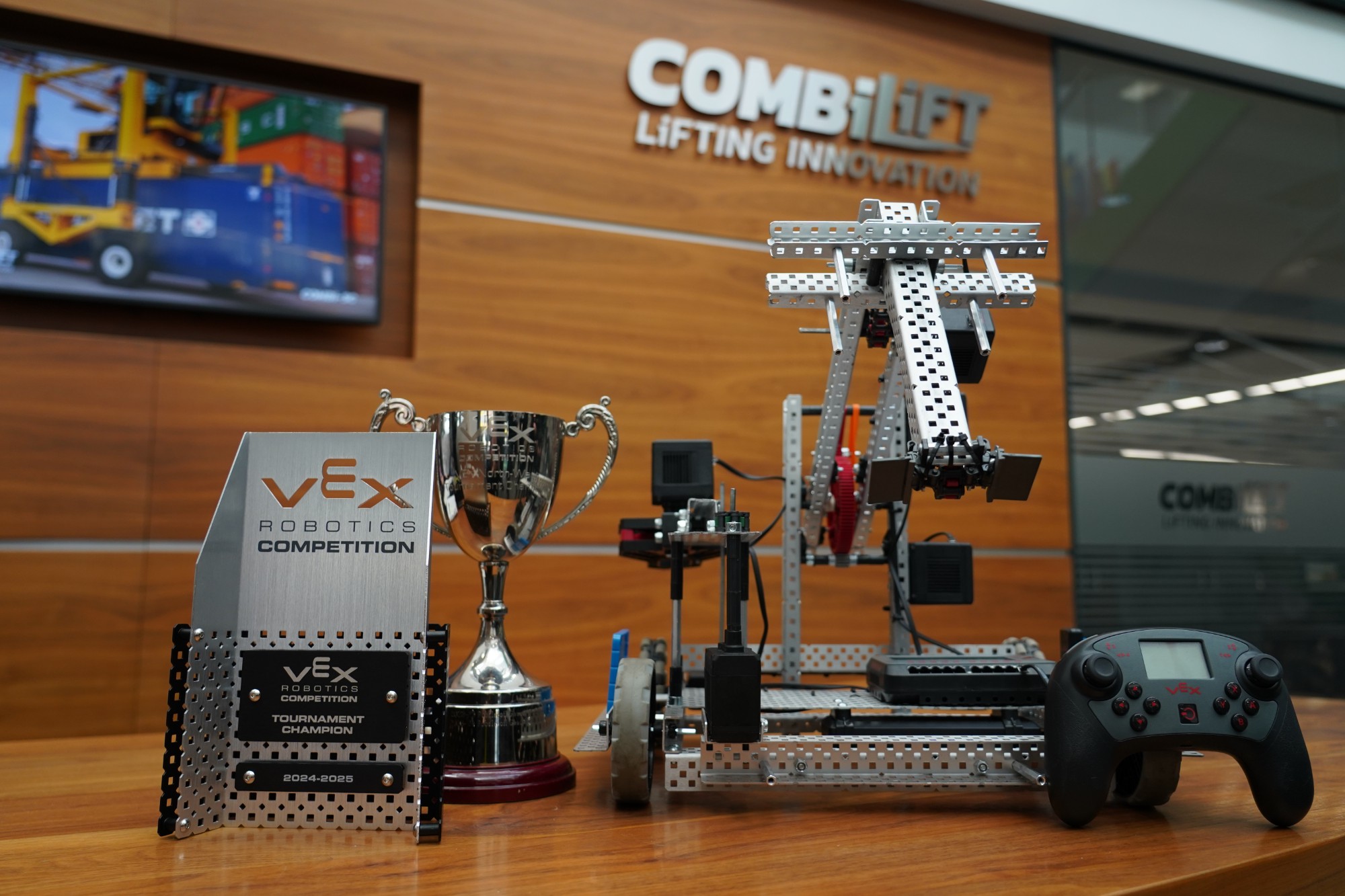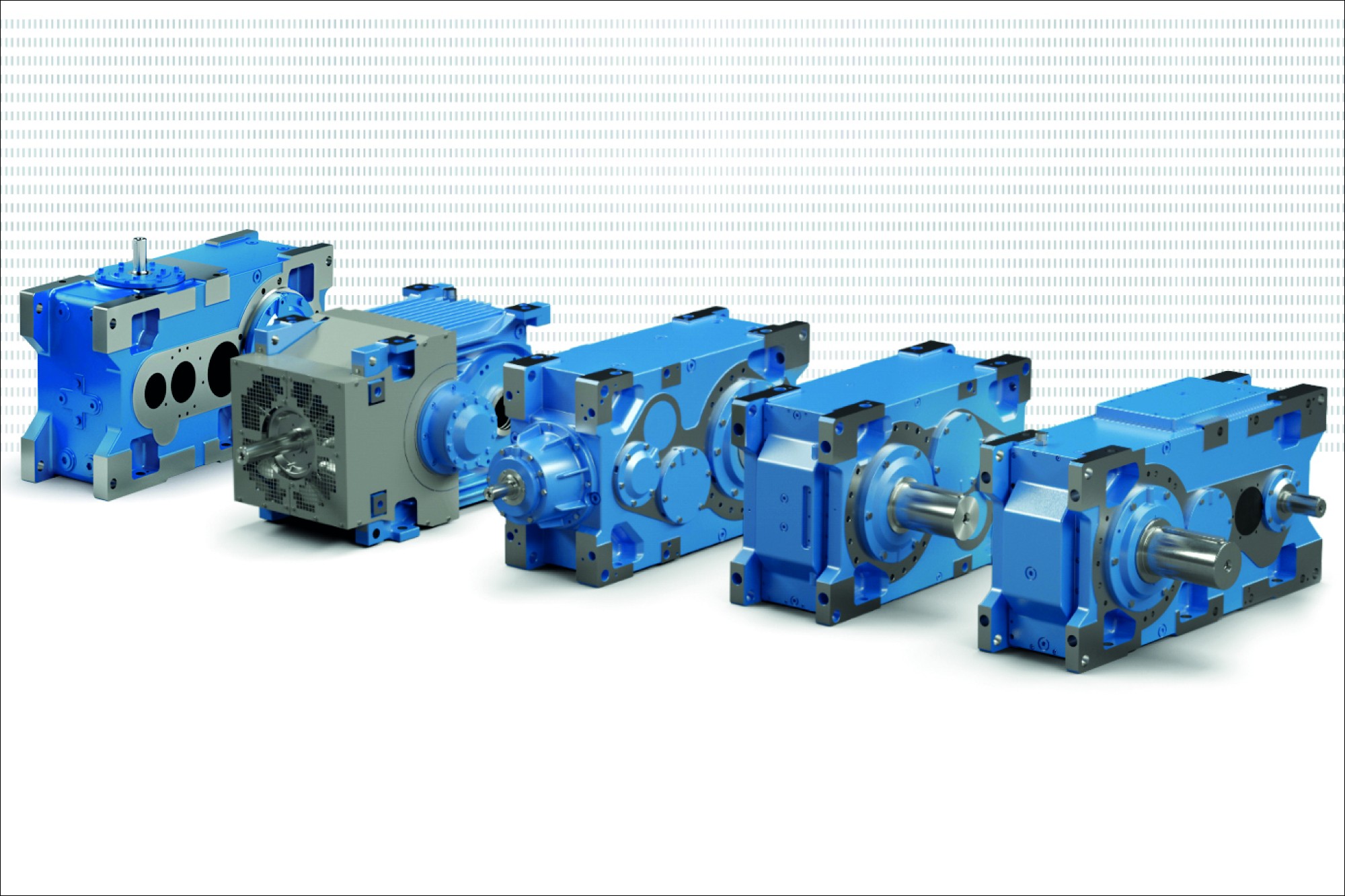Gadkari unveils INR 1.25 lakh cr plan for 200 ropeway projects in India
By Edit Team | January 24, 2024 1:00 pm SHARE

Union Minister for Road Transport and Highways, Nitin Gadkari, has unveiled an ambitious plan for the development of ropeway projects in India, announcing a substantial investment of INR 1.25 lakh crore for more than 200 projects over the next five years.
This initiative is part of the National Ropeways Development Programme, known as Parvatmala Pariyojana. Gadkari emphasised the need to make ropeways economically viable, reducing overall project costs, and encouraging public-private partnerships to foster the growth of the ropeway network across the country.
While the primary focus is on leveraging ropeways to boost tourism in hilly regions, Gadkari highlighted their immense potential in urban public transport. He urged the industry to prioritise the development of indigenous and cost-efficient solutions without compromising safety standards. During the Ropeway: Symposium-Cum-Exhibition, two significant projects were awarded—the Bijli Mahadev Ropeway Project in Himachal Pradesh and the Dhosi Hill Ropeway Project in Haryana.
An important collaboration was announced at the event, as an MoU was signed between NHLML and IIT Roorkee to establish a center of excellence for ropeways and other innovative alternative mobility systems. Gadkari stressed the importance of standardising existing policies and codes, aiming to transform the ropeway industry by promoting the manufacturing of ropeway components under the ‘Make in India’ initiative.
To attract private investment, Gadkari disclosed that 60 percent construction support under the Hybrid Annuity Mode (HAM) would be provided for ropeways, compared to 40 percent support offered under National Highways. This move is part of the broader ‘Parvatmala Pariyojana’ strategy, designed to encourage private players to contribute to the development of ropeways.
The symposium-cum-exhibition aimed to facilitate collaborations between Indian and global manufacturers, technology providers, concessionaires, and infrastructure developers. It also served as a platform for industry deliberations, promoting ‘Make in India’ and formulating a roadmap for the localisation of ropeway components. Panel discussions featuring industry experts covered topics such as building safer and more affordable ropeway systems, improving the ropeway industry landscape, and enhancing public-private partnerships in India.
The event further delved into promoting wayside amenities to enhance public convenience. The exhibition showcased state-of-the-art ropeway technologies by Indian and global manufacturers in the aerial mobility ecosystem. With key insights gained throughout the day, the symposium underscored the pivotal role ropeways will play in the growth of the Indian economy by providing a safer, cost-effective, and sustainable mode of transportation under the National Ropeways Development Programme.
Cookie Consent
We use cookies to personalize your experience. By continuing to visit this website you agree to our Terms & Conditions, Privacy Policy and Cookie Policy.





















































